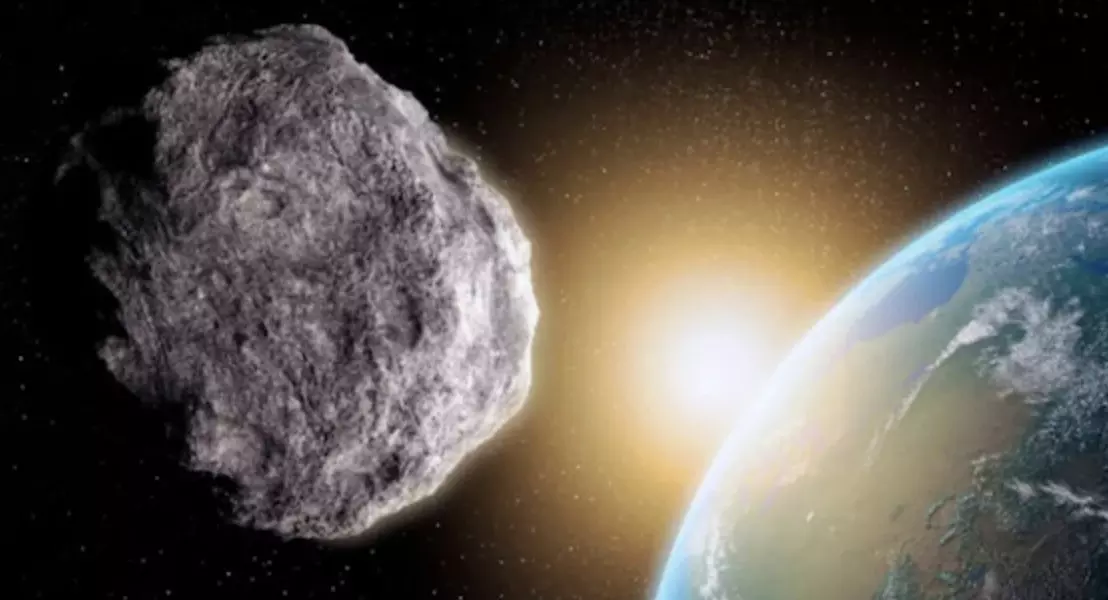Can the ‘City-Killer’ asteroid threatening cities be stopped?
Can the ‘City-Killer’ asteroid threatening Kolkata and Mumbai be stopped?

Experts are keeping a close watch on a potentially deadly asteroid, known as 2024 YR4, that could strike Earth, threatening the future of major cities like Kolkata, Mumbai, and others. While the chances of impact remain low, the asteroid possesses enough destructive power to annihilate a city, causing massive devastation.
New observations of asteroid 2024 YR4 helped us update its chance of impact in 2032. The current probability is 1.5%.
— NASA (@NASA) February 20, 2025
Our understanding of the asteroid's path improves with every observation. We'll keep you posted. https://t.co/LuRwg1eaCv pic.twitter.com/SfZIxflB95
Is the Asteroid Likely to Hit Earth in 2032?
Although the probability of a collision is minimal, NASA data shows the asteroid’s potential impact corridor stretches across the eastern Pacific, northern South America, the Atlantic Ocean, Africa, the Arabian Sea, and South Asia. This includes some of the world's most densely populated cities, including Mumbai, Kolkata, Dhaka, and others.
On February 20, 2025, NASA revealed that the asteroid’s chances of hitting Earth by December 22, 2032, have increased to 3.1%, the highest prediction for any large asteroid to date.
What Is an Asteroid?
Asteroids are rocky remnants from the solar system's formation 4.6 billion years ago. They orbit the sun and are mostly found in the asteroid belt between Mars and Jupiter. However, sometimes gravitational forces can push them out of this region, causing them to travel unpredictably, like the asteroid being tracked now.
What Can Be Done About the ‘City-Killer’ Asteroid?
Despite the risk of a city-level catastrophe, experts are confident that humanity has the technology to address this potential threat.
What if the Asteroid Does Not Hit Earth?
If 2024 YR4 doesn’t collide with Earth, it could still explode in the atmosphere, with an energy release of about eight megatons of TNT—over 500 times the power of the Hiroshima bomb.
How Can the Asteroid Be Stopped?
Spacecraft Collision: NASA's Double Asteroid Redirection Test (DART) demonstrated the feasibility of smashing a spacecraft into an asteroid to alter its trajectory. Since the asteroid is about half the size of Dimorphos, multiple spacecraft could be used to monitor changes in its path.
Gravity Tractor: A spacecraft could use its gravitational pull to subtly steer the asteroid away from Earth without physical contact.
Ion Thrusters: Another idea is to position a spacecraft near the asteroid and use ions to gradually push it off course.
Painting the Asteroid: Some experts propose spray painting one side of the asteroid to alter its reflectivity, causing it to slowly change its trajectory over time.
Nuclear Explosion: As a last-resort option, scientists are considering detonating a nuclear device near the asteroid. This could vaporize its surface, sending it off course. However, this method carries risks of fragments still heading toward Earth.
Lasers: Shooting lasers to vaporize parts of the asteroid’s surface is another theoretical approach. Although viable, it’s not considered a top priority by experts.
What if These Methods Fail?
The likelihood of a successful defense depends on how quickly humanity can act. While deflecting the asteroid is technically feasible, it will require global coordination. If all else fails, evacuation of vulnerable cities could be considered. Fortunately, the asteroid is not expected to be a "planet killer" and would likely only threaten a city.
Experts stress that there’s still a 97% chance the asteroid will miss Earth, leaving us with ample time to prepare.

